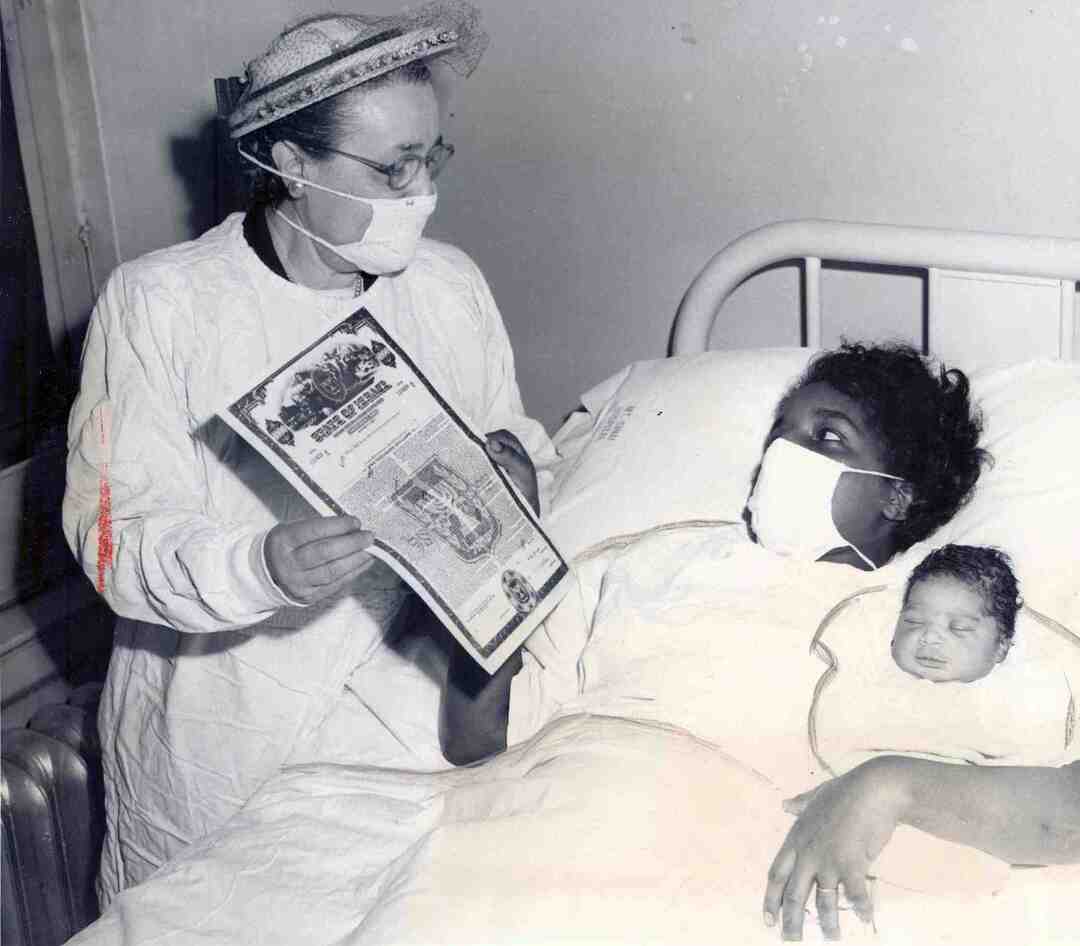Mount Sinai Hospital

The history of Mount Sinai Hospital began in 1892, as the Young Ladies' Hebrew Association started collecting funds to "care for the needy and sick." In 1903 it was decided that those funds would be used to establish a hospital catering to the needs of Cleveland's east side Jewish population. Mount Sinai Hospital opened on East 32nd Street, later moving to a larger facility on East 105th Street in 1916. Despite its inception as a Jewish hospital, Mount Sinai quickly became the primary healthcare provider to Cleveland's urban poor population - regardless of race or religion. The hospital pioneered in many areas of research and education and is known for accomplishing the first ever separation of conjoined twins.
During the early 1900s, Jewish doctors in Cleveland faced immense difficulty finding employment in hospitals due to discrimination and antisemitism. Due to this, Mount Sinai became a prominent location where Jewish doctors could find jobs, establish medical practices, and perform research. These physicians established their view that healthcare was a basic human right, and should not be denied to anyone on the basis of race, religion, or economic status. This idea became embedded in the institution's core values for the entire time of the hospital's operation, and allowed for the poor and minority populations of Cleveland to seek medical care at Mount Sinai without fear of being turned away.
Throughout its time of operation, Mount Sinai Hospital distinguished itself as a pioneering institution of medical research and education. During the early 1900s, Dr. Myron Metzenbaum, an ear, nose, and throat specialist, became a leading national figure in the field of facial reconstruction through his work at the hospital, and taught his methods at clinics and research institutes across the country. Around 1910, Dr. Metzenbaum designed a pair of surgical dissecting scissors of which are still widely used and bear his name to this day. In the mid-20th century, Dr. Jack Geller brought further national and even international attention to Mount Sinai Hospital as on December 15, 1952, he performed the first ever successful separation of infant conjoined twins. These innovations among many others by various significant contributors allowed the hospital to be known across notional medical and Jewish organizations as a location of premier teaching and practice.
Despite Mount Sinai's renown and the great ability of its doctors through the century, it could not overcome the effects of changing financial circumstances. The high cost of providing care to uninsured patients, as well as the competitive healthcare economy in Cleveland, led to the hospital's closure in 1996. The hospital's legacy lives on in the Mount Sinai Healthcare Foundation, a non-profit funding agency dedicated to research, education, and continuing service to Cleveland's Jewish and urban poor communities.
Audio
Images







